Comparing prices at a local store, I calculated prices 0.36 USD/GB for SSD NAND flash memory and 5.41 USD/GB for DRAM memory. The difference is 15 times. Why so big difference?
Both are semiconductor devices. Memory cells of both types occupy approximately the same die area: 4 F^2 for NAND flash memory, 6 F^2 for DRAM. (I can't give a good source; this information is scattered over the internet.) MLC of flash memory gives 2 times improvement. (BTW, is the same technology possible for DRAM?) I can't blame market forces because both markets seem similar to me in terms of competition, maturity, and size. For example, DRAM revenue 35.74e9 USD, SSD revenue 10.9e9 USD in 2013.
